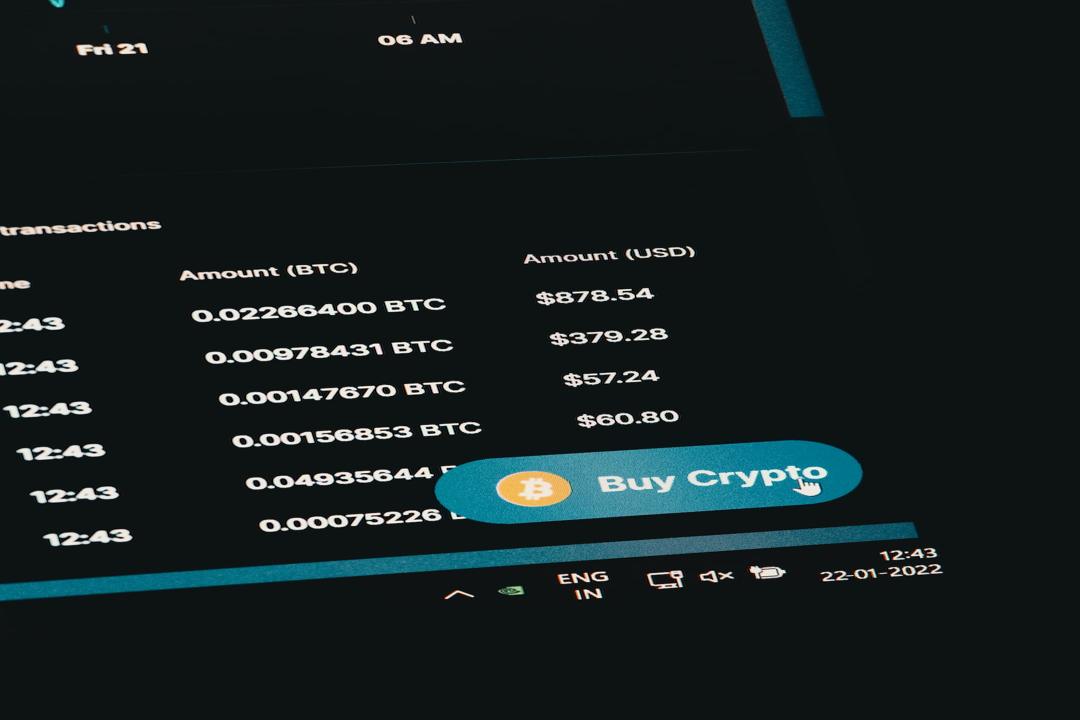Ether (ETH) has made multiple attempts to surpass the $3,900 mark in the past week but has been unable to sustain that level. The market had high expectations for a boost from the approval of a spot Ethereum exchange-traded fund (ETF) by the United States Securities and Exchange Commission (SEC), as Ether’s gains happened two days prior to the decision on May 21.
However, it seems that spot ETF traders are still waiting for the approval of the respective Form S-1 for each fund. Eric Balchunas, a senior Bloomberg ETF analyst, predicts that the Ethereum spot instruments will start trading by July 4. His colleague James Seyffart also noted that BlackRock’s updated S-1 on May 29 indicates that “issuers and SEC are working towards spot Ethereum ETF launches.”
Analysts suggest that ETH could face pressure if the Grayscale Ethereum Trust (ETHE) experiences outflows in the weeks following its conversion to an ETF. A similar issue has affected Grayscale’s Bitcoin fund (GBTC) due to its high fees. Some speculate that the outflows from Grayscale ETHE alone could exceed $100 million per day in the initial weeks, potentially offsetting any inflows from new investors.
Essentially, part of the reason why Ether has failed to break the $3,900 resistance is due to the rally that preceded the spot ETF approval. The fact that some investors are disappointed that effective trading will take longer has created uncertainty and negatively impacted the price. This could pose a problem as Ether’s futures open interest reached its highest level ever on May 28.
The $16.8 billion in Ether futures presents liquidation risks. When the open interest is high, there is a higher risk of liquidations occurring. For example, if longs are using 10x leverage, their contracts will be forcefully liquidated if Ether’s price drops by 10%. Conversely, if Ether’s price suddenly rallies by 10%, shorts using excessive leverage may also face liquidations. Therefore, the $16.8 billion open interest in Ether futures poses a risk for potential buyers and keeps the price of ETH below $3,900.
Ethereum’s growth in activity has been outpaced by competing networks. While Ethereum’s high gas fees indicate continuous demand for block space, they also provide an opportunity for other blockchains that prioritize scalability. Some users and projects are choosing to migrate to Ethereum layer-2 solutions or alternative blockchains like BNB Chain, Solana, or Aptos.
It would be naive to assume that every decentralized application (DApp) requires the level of decentralization provided by Ethereum. Users engaging in simple finance, gambling, or gaming may be unwilling to use bridge solutions to access a lower-fee environment. As a result, Ethereum’s mainnet volume growth is falling behind its competitors, which is seen as a missed opportunity.
On May 30, Ethereum’s daily active addresses engaging with DApps declined by 2% compared to the previous day. The total volume transacted on the Ethereum network only increased by 2% during the same period. This data suggests that despite Ethereum’s strong fundamentals, diverse use cases, and investor profiles, there is a tendency to adopt alternative blockchains.
For instance, BNB Chain has over four times the number of daily active addresses compared to Ethereum. Users on BNB Chain transacted over $3.5 billion on PancakeSwap in the past week, while a single DApp called Move Stake gathered over 226,350 active addresses in the same period. In summary, Ethereum’s on-chain metrics are not inspiring confidence and are limiting Ether’s potential to break above $3,900 in the near future.
Disclaimer: This article is for general information purposes only and should not be considered legal or investment advice. The views and opinions expressed are solely those of the author and do not necessarily reflect the views of Cointelegraph.

